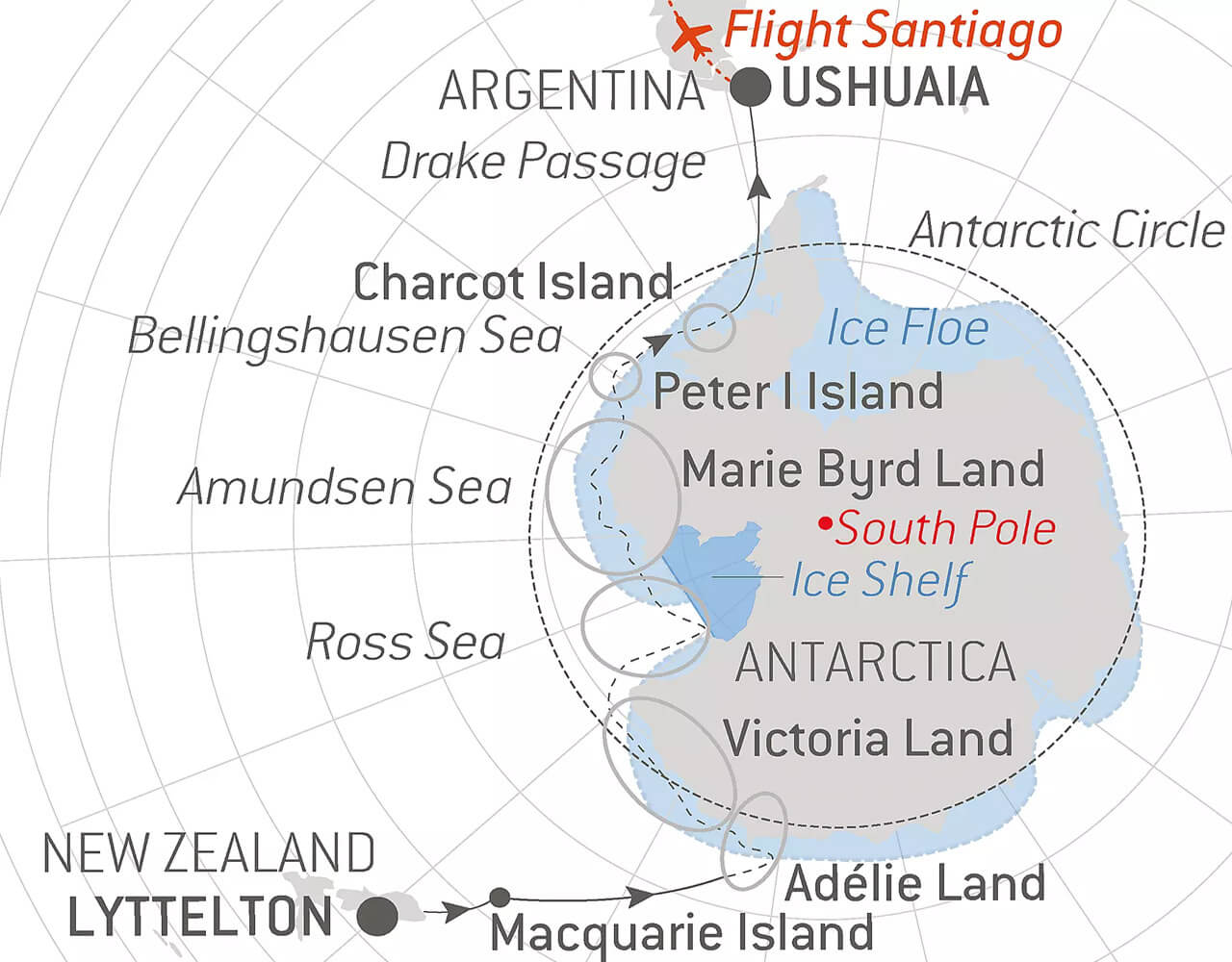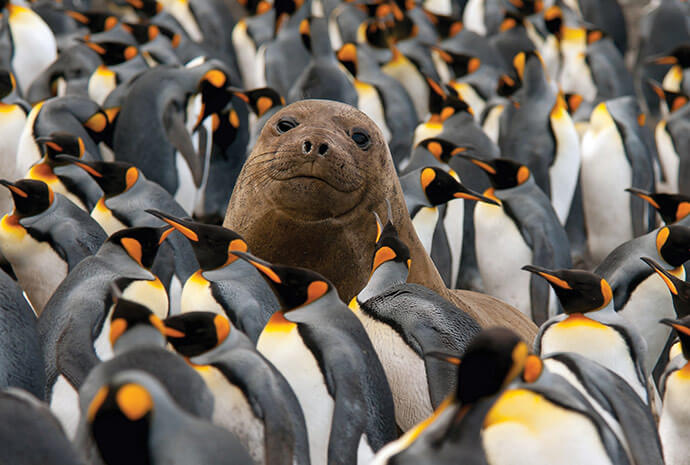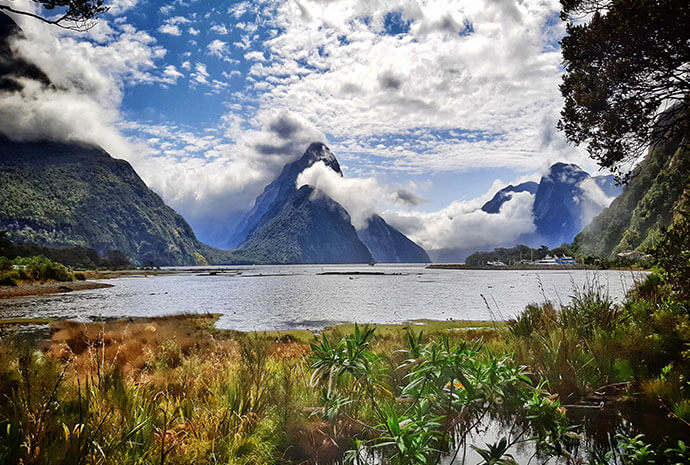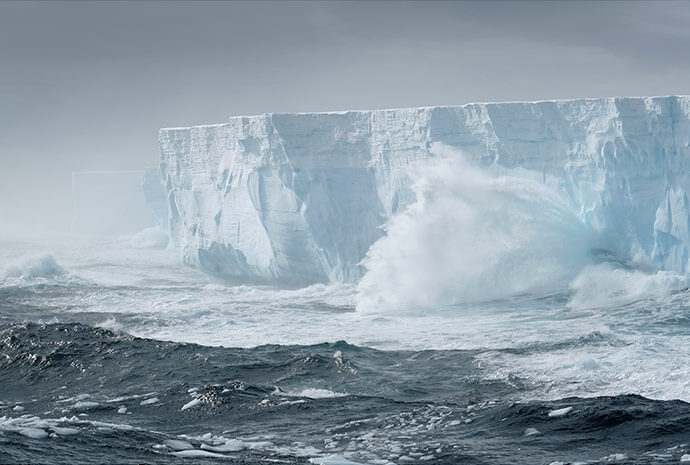New Zealand to Antarctica
From New Zealand to Antarctica via the Ross Sea - 27 days
From New Zealand to Antarctica via the Ross Sea - 27 days
Aboard: Le Commandant Charcot
Curiosity, surpassing oneself, being open to the world. Humans have always looked toward what some would call the ‘impossible elsewhere’. With Le Commandant Charcot, which is capable of sailing into the very heart of the ice, we can dream even bigger and glimpse new horizons. This polar odyssey at the boundaries of the world follows the path of the first to discover Antarctica and sharpens our senses to let us see all the riches of a long journey marked by the nuances of the ice. In the incredible comfort of an exceptional ship, you will take the time to observe the world around you, the landscapes and the fauna whose radiant beauty makes them seem surreal. Set off on a half-circumnavigation of Antarctica from the New Zealand shores to Ushuaia, the city at the end of the world.
The first penguins will appear on the horizon as you approach the shores of Macquarie Island. This island’s biodiversity is so abundant that it is a UNESCO World Heritage Site: four species of penguin (king, royal, Gentoo and southern rockhopper) breed here.
The attraction exerted by the White Continent’s infinite territories and their mythical names will soon intensify further. Adelie Land, Victoria Land, Marie Byrd Land. The first will plunge you into the heart of the French polar adventure where Paul-Émile Victor founded the Dumont d’Urville scientific station, in honour of the eponymous explorer. The second, claimed by the Australians, is forever linked to the name of the explorer Mawson, who defied the winds in Commonwealth Bay, which may exceed 240 km/h (150 mph). As for the third, it is one of the planet’s rare Terra nullius – a territory claimed by no State – whose remoteness and climate have certainly kept it well away from human conquests. Bordered by the Ross Sea to the west and the Amundsen Sea to the east, it will plunge you into a world where wild nature has raised its own cathedrals of ice. Set off on a half-circumnavigation of Antarctica from the New Zealand shores to Ushuaia, the city at the end of the world.
The first penguins will appear on the horizon as you approach the shores of Macquarie Island. This island’s biodiversity is so abundant that it is a UNESCO World Heritage Site: four species of penguin (king, royal, Gentoo and southern rockhopper) breed here.
The attraction exerted by the White Continent’s infinite territories and their mythical names will soon intensify further. Adelie Land, Victoria Land, Marie Byrd Land. The first will plunge you into the heart of the French polar adventure where Paul-Émile Victor founded the Dumont d’Urville scientific station, in honour of the eponymous explorer. The second, claimed by the Australians, is forever linked to the name of the explorer Mawson, who defied the winds in Commonwealth Bay, which may exceed 240 km/h (150 mph). As for the third, it is one of the planet’s rare Terra nullius – a territory claimed by no State – whose remoteness and climate have kept it well away from human conquests. Bordered by the Ross Sea to the west and the Amundsen Sea to the east, Marie Byrd Land will plunge you into a world where nature has raised its own cathedrals of ice. Wonder and contemplation will mark this extraordinary exploration, a journey synonymous with a return to the essential.
Your great crossing beyond the Antarctic Circle will continue in the Bellingshausen Sea where the Charcot and Peter I Islands roll out their icy masses. Le Commandant Charcot will attempt to approach their shores, deemed impassable, before your arrival in the Tierra del Fuego.
Various departures available, including a 30 day itinerary that operates in reverse. Please enquire for full dates and rates.
Highlights
- The half-circumnavigation of the Antarctic, an unforgettable trip into the heart of the ice and a continent full of extremes.
- A stopover on Macquarie Island, an Australian sub-Antarctic island classed as a UNESCO World Heritage Site due to its incredible biodiversity.
- A dive into the history of the French and Australian conquests of the South Pole, with the approach to Adelie Land and the Dumont d’Urville scientific station and the exploration of Victoria Land.
- Set off in the footsteps of the famous Sir Ernest Shackleton and Robert Falcon Scott on Ross Island, which still guards vestiges of the time they spent there.
- The crossing of five southern seas: Dumont d’Urville, Somov, Ross, Amundsen and Bellingshausen.
- The exploratory approach to some of the most least-known islands in the world: Charcot, Peter I and the Marie Byrd Land.
- Outings and shore visits in a zodiac dinghy or hovercraft* with a reinforced team of naturalist guides.
- Landscapes: ice shelves, surrealist glaciers, monumental icebergs, immersion in the heart of the ice floe.
- Wildlife: crabeater, leopard and Weddell seals; royal, king and Adelie penguins; humpback whales and orcas.
- Many activities: kayaking, hiking or snowshoeing, participative science (select departures - fees may apply)
What's Included
- Full board accommodation on board, including bar/beverage service
- Flights: Ushuaia to Santiago post cruise
- Transfers between airports, hotel and ship
- Zodiac cruises and shore excursions
- Entertainment and expert lecture programme
- Loan of rubber boots
- Expedition parka
So much to experience






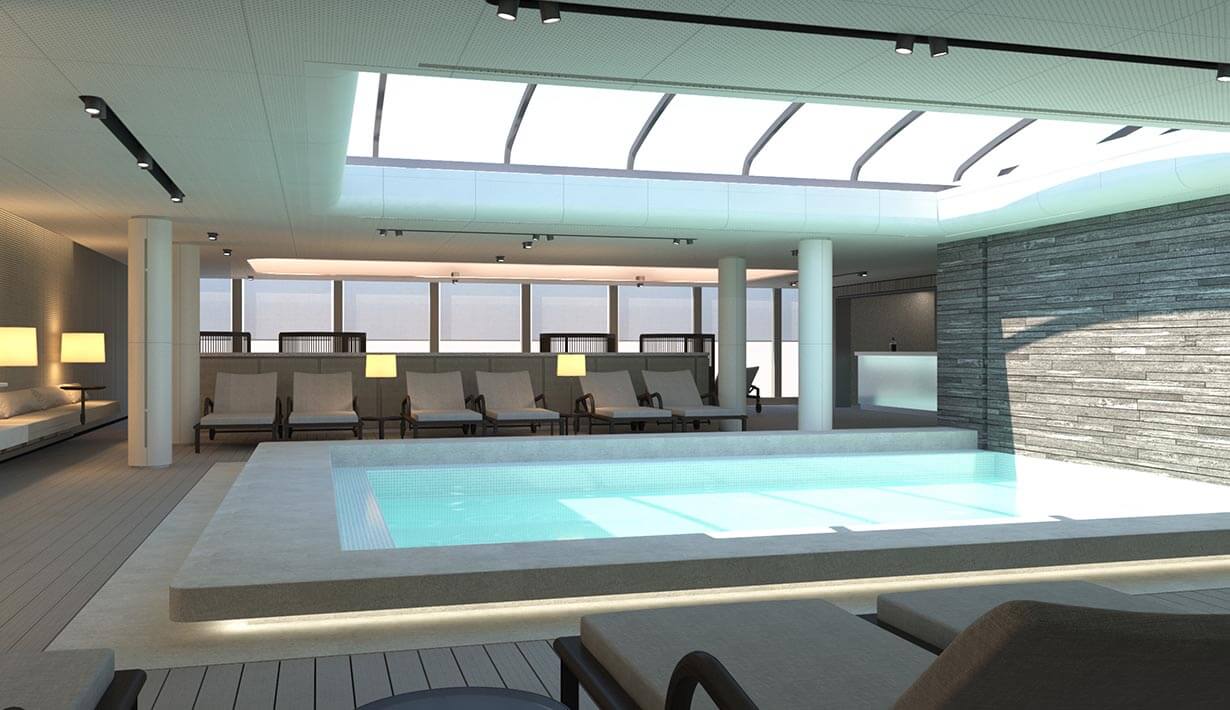
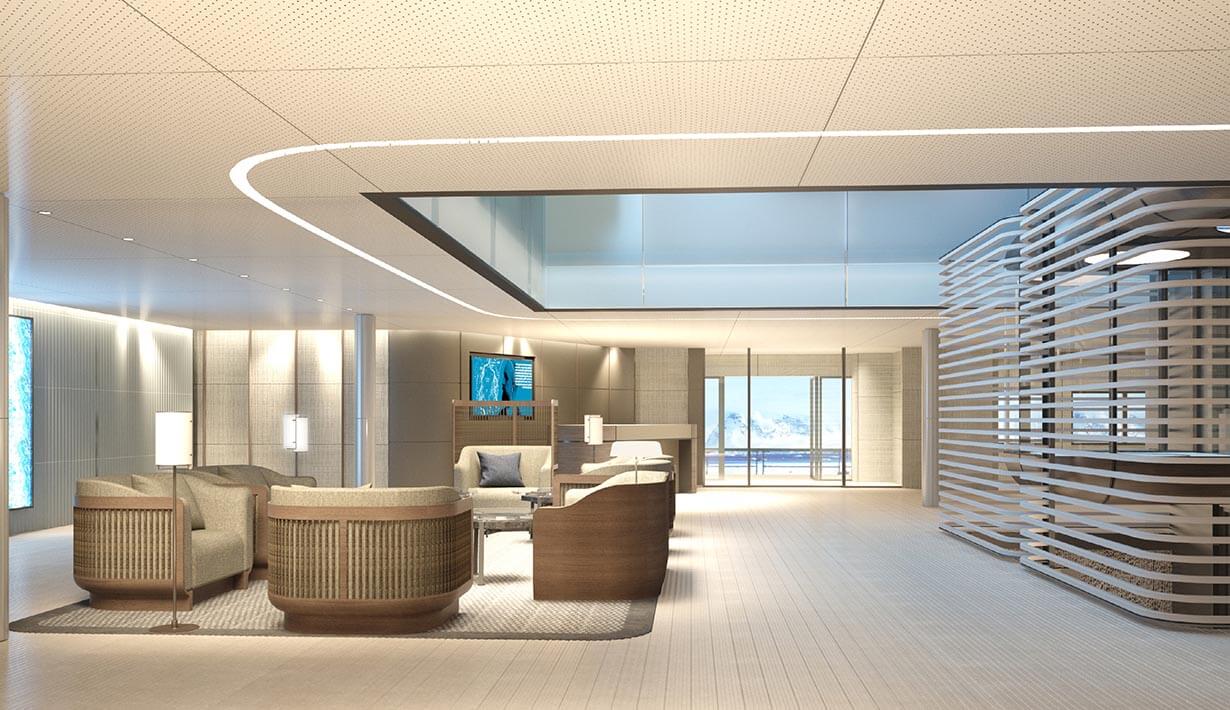
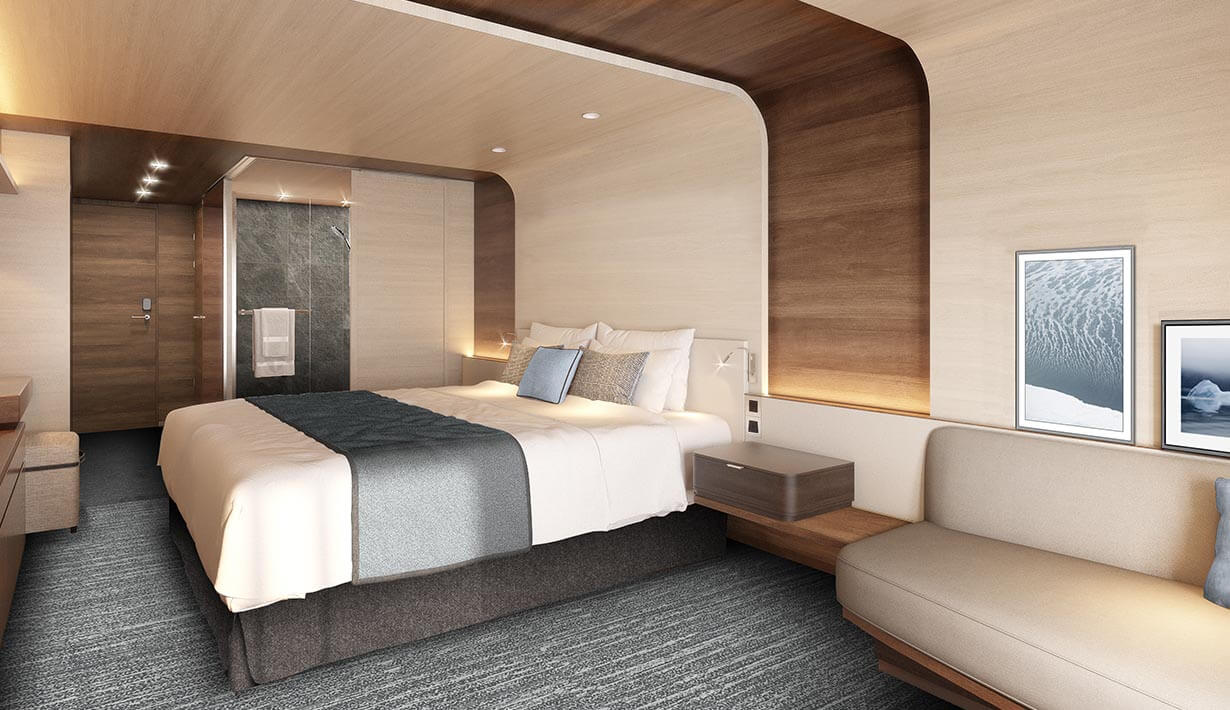
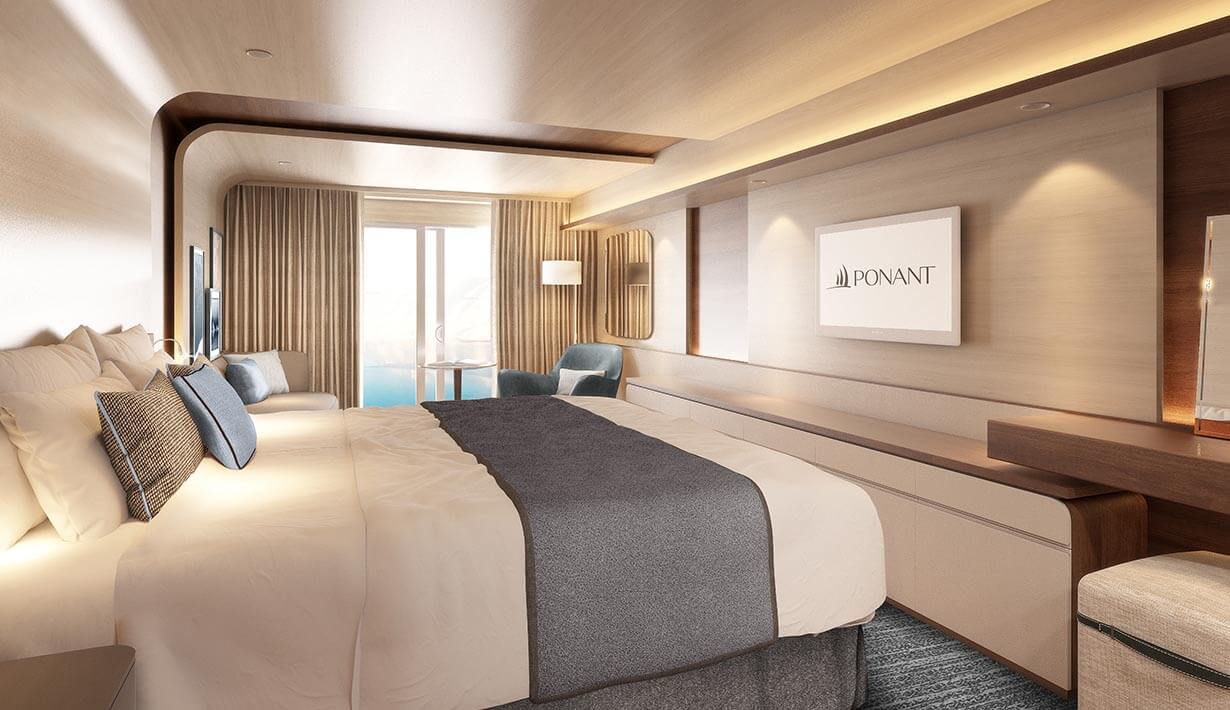
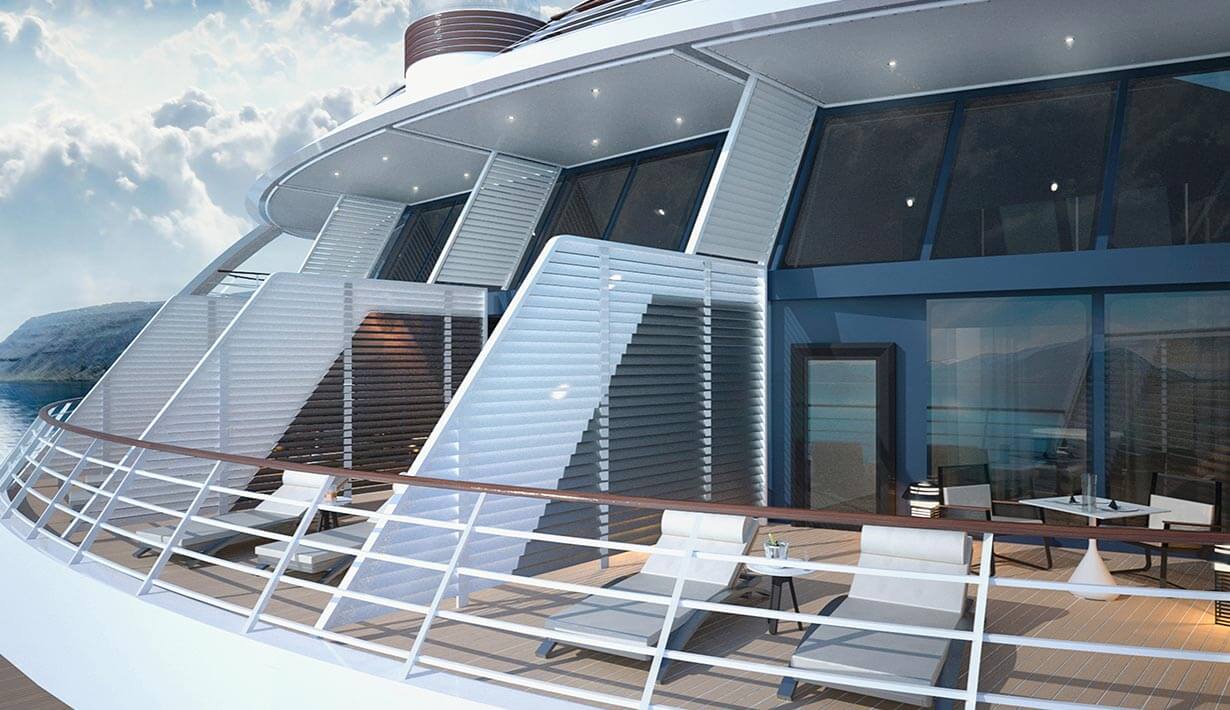
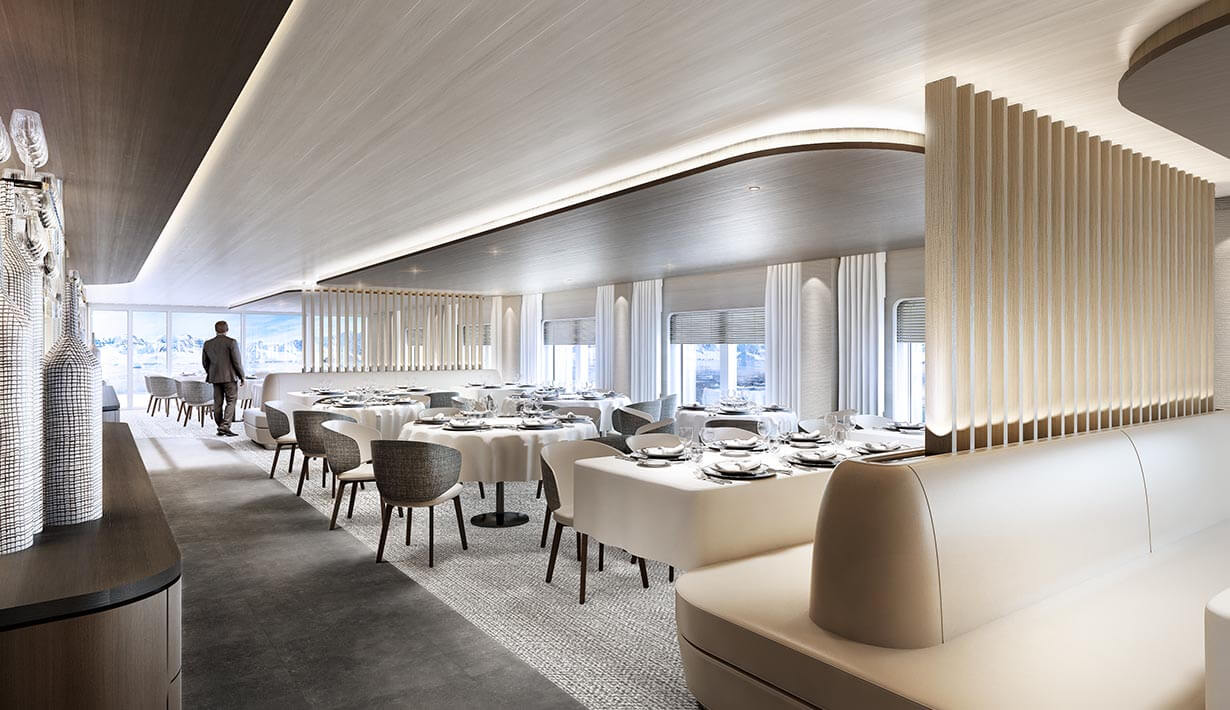
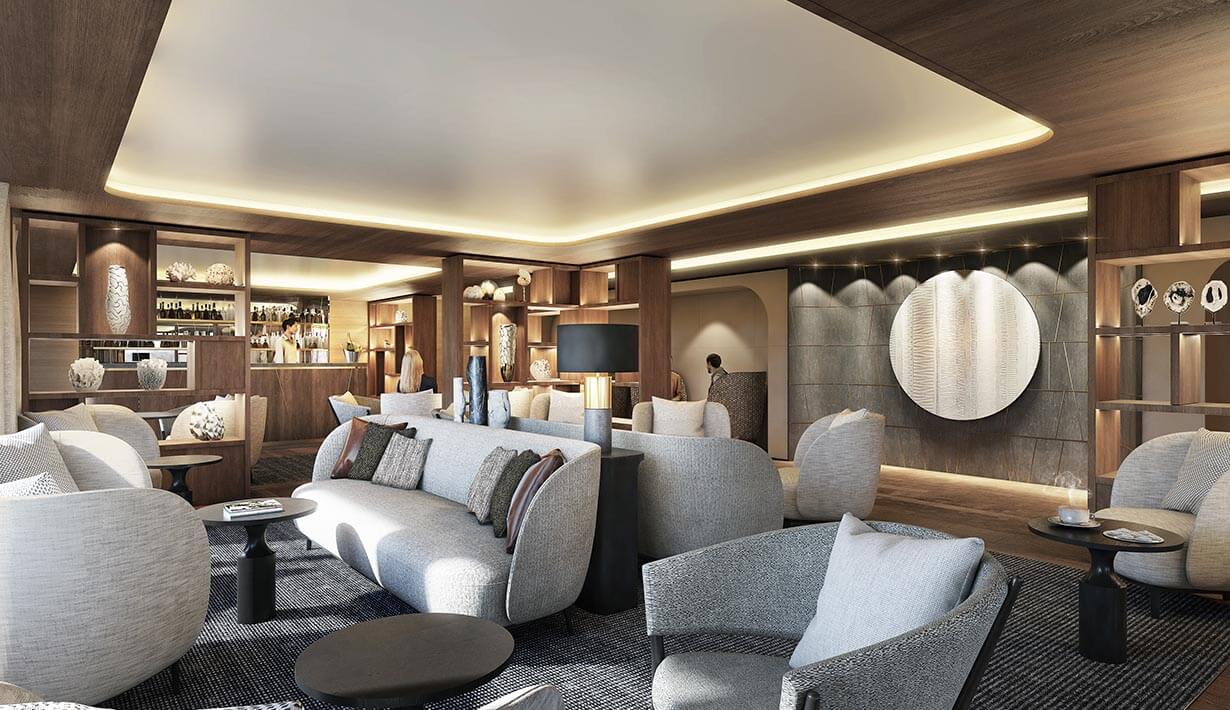


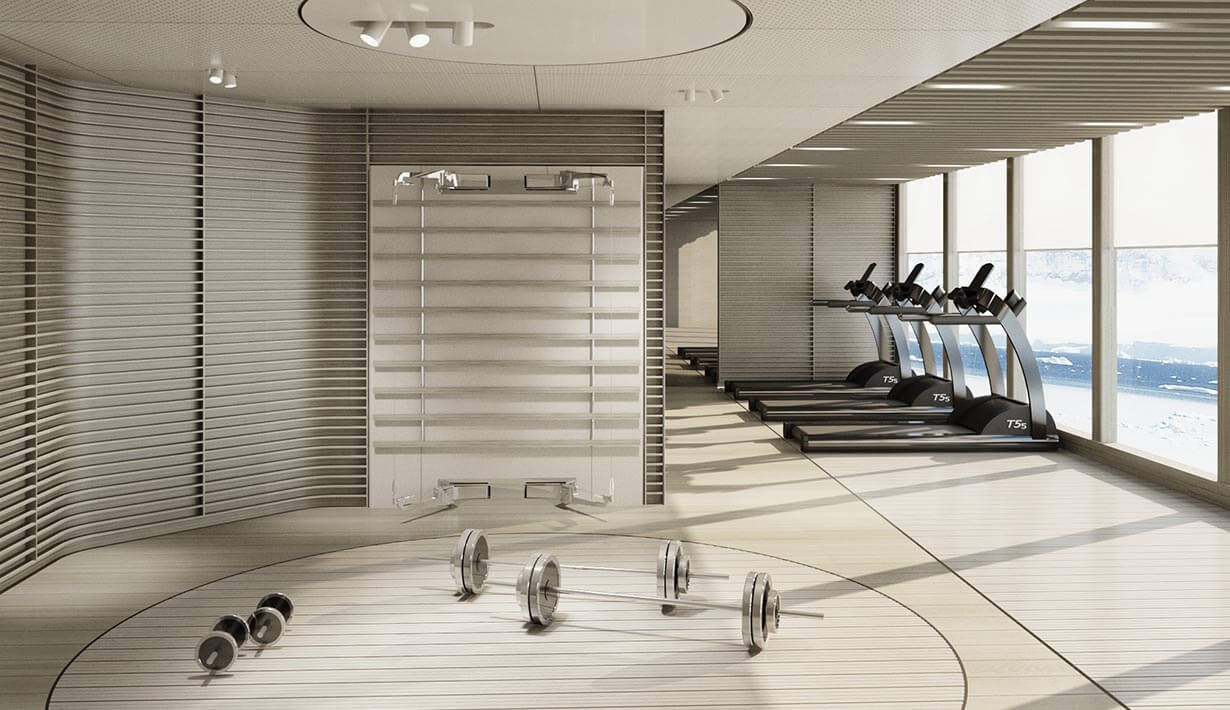


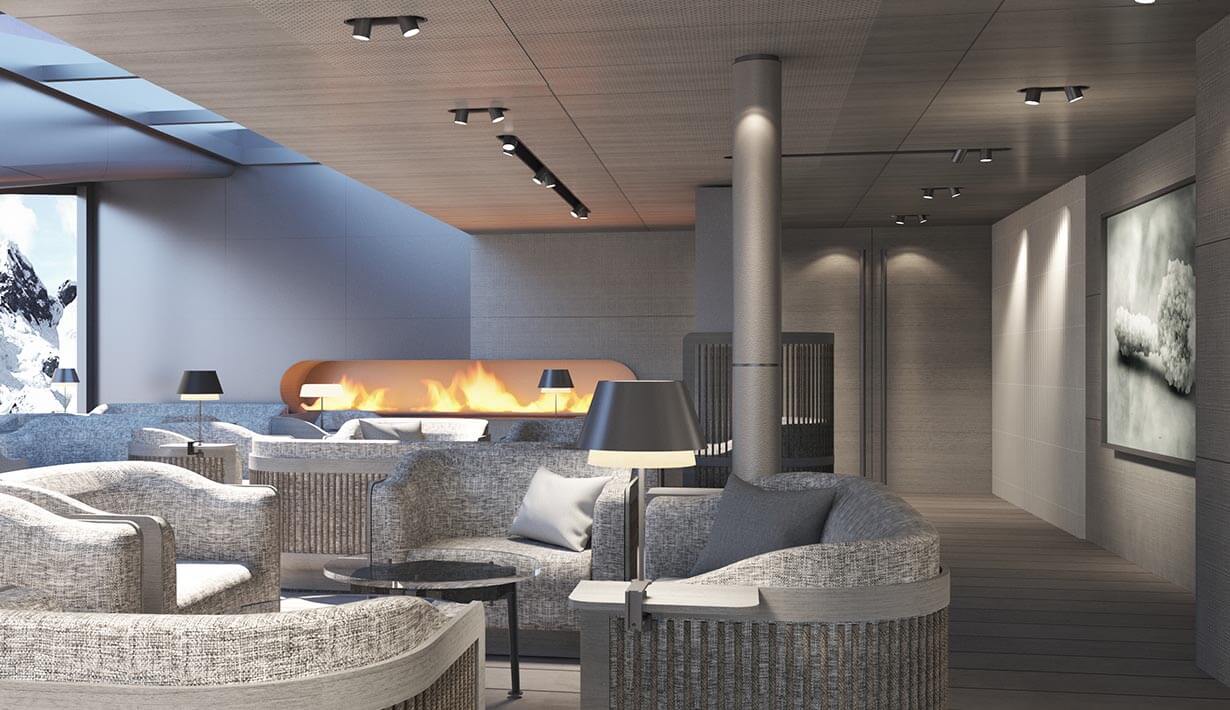
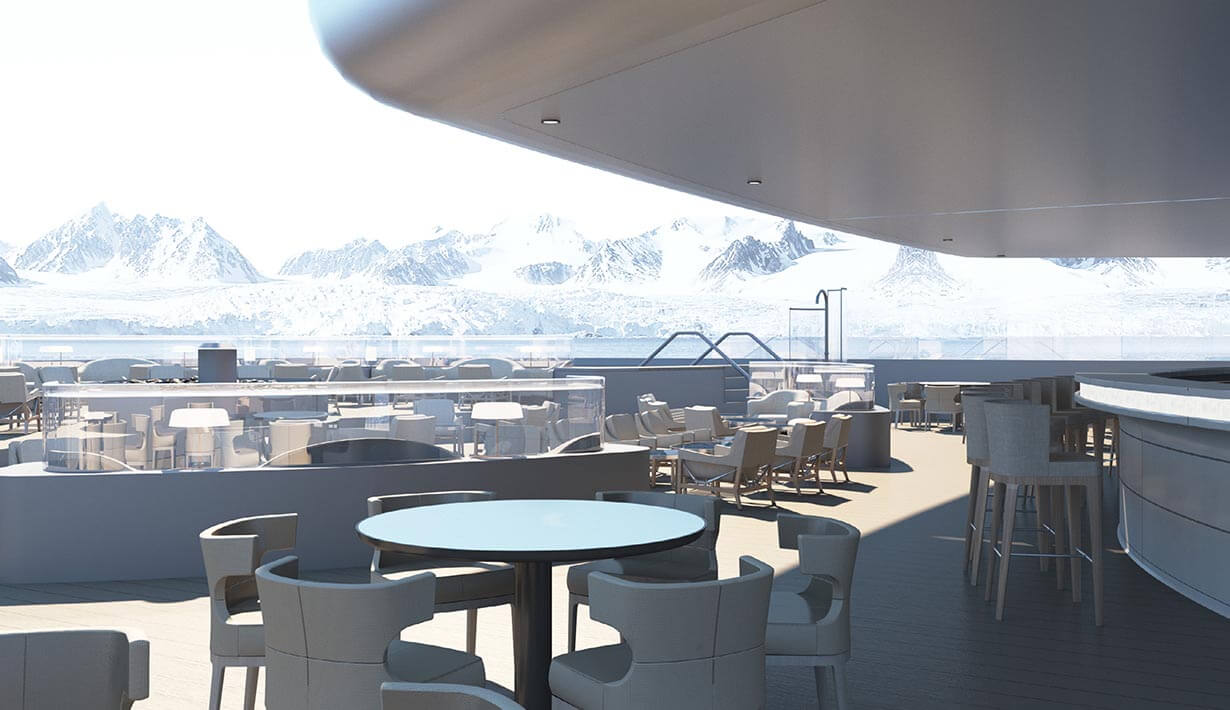




















Our popularitinerary Suggestions
All our itinerary holidays are fully customisable

Lyttelton

At sea

Macquarie Island

At sea

Adélie Land

Victoria Land

The Ross Sea

Crossing the International Date Line

Marie Byrd Land exploration

Amundsen Sea

Expedition to Peter I Island

Bellingshausen Sea

Expedition to Charcot Island

Marguerite Bay

Crossing the Drake Passage

Ushuaia - Fly to Santiago
A view from Above
All Aboard
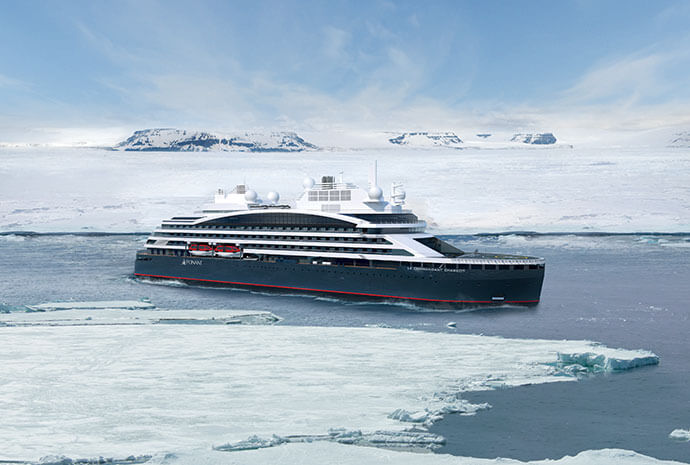
Le Commandant Charcot
The truly luxurious, brand-new (2021) Le Commandant Charcot is the latest addition to the stunning fleet of high-class Ponant expedition ships. Re-imagining luxury Polar cruises, the ship is the very first hybrid-electric polar exploration ship powered by liquefied natural gas and has been designed with the greatest attention to detail in terms of safety and respect for the environment. Offering more comfort and luxury than any other expedition ship on the market, Le Commandant Charcot features a beautiful indoor swimming pool, a fantastic spa, gym and wellness area, and truly elegant common areas including a panoramic indoor restaurant, Blue Lagoon outdoor restaurant, lounge bar, observation lounge and conservatory. Every element of the ship has been designed to both convey French-style discreet luxury and arouse wonder and amazement.
The 123 exceptional suites and staterooms, ranging in size from 20 to 115 m², provide ultimate relaxation after a long day of exploring. With private balconies or terraces, each room allows for incredible views of your surroundings, and with their unique understated design, each room exudes the feeling and sense of sailing on a private yacht. Large comfortable beds, air-conditioning, minibars, satellite TV, Bose Bluetooth speakers, Wi-Fi, bathrobes and top-of-the-line toiletries are just a few of the room features. Premium rooms also feature a butler service, and some even have their own private jacuzzis.
Too much to choose from? This is where we come in
Take advantage of our vast experience, passion and expertise to help you hand craft the perfect Antarctica, New Zealand adventure for you.

As Senior Travel Expert, Simon has an absolute wealth of experience in adventure travel in some of the most fascinating places in the world. With in-depth knowledge and fantastic organizational skills, Simon’s first-hand experience and genuine passion drive him to work to create your perfect itinerary.

Mike lives and breathes adventure travel and has a wealth of experience in some of the most exciting and inspirational destinations in the world. His expertise and first-hand experience afford him the skills to help build holidays to remember.

Having amassed a host of extraordinary adventures in destinations all over the world, Amy’s experience, skills and enthusiasm for helping clients plan their ideal itinerary will help make your holiday unforgettable, action packed and life-changing.
Ready to start planning youronce in a lifetime trip?
Call us
0800 195 3385
Outside the uk
+ 44 1625 5811 43
Call us
+ 44 1625 5811 43
Call us
+ 44 1625 5811 43
Chat Now
Request a
callback
Fill in our
Enquiry form

Book a
Consultation
Ready to start planning youronce in a lifetime trip?
Call us - 0800 195 3385
Outside the uk? + 44 1625 5811 43
+ 44 1625 5811 43
Call us - 0800 195 3385
Chat Now
Request a
callback
Fill in our
Enquiry form

Book a
Consultation
